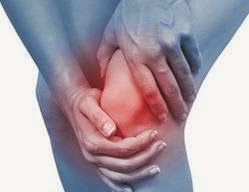ME (Myalgic Encephalopathy)

What is ME? ME goes by many names: Myalgic Encephalopathy or Myalgic Encephalomyelitis or Chronic Fatigue Syndrome or “CFS” or Post-Viral Fatigue Syndrome or “PVFS” or Chronic Fatigue Immune Dysfunction Syndrome or “CFIDS” (ME Association 2014). ME is a condition causing severe, debilitating fatigue, painful muscles & joints, sleep problems, gastric disturbances, poor memory & poor concentration (ME Association 2014). ME is different for everyone and there are reportedly different types. These are as follows: Short term and recovering slowly Up & Down Static Gradual worsening Prevalence of ME: Currently it is estimated that some 250,000 people in Britain are affected by ME (ME Association 2014). Anyone can get ME! The prevalence of ME among adults ranges from 0.2% to 2.6% (Prins et al 2006). It is more common in women than men. Onset is usually between the ages of 20 to the mid-40s. However children can also be affe

